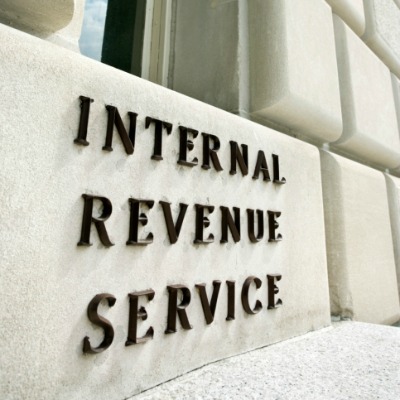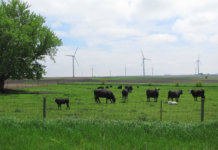 On Jan. 13, the Internal Revenue Service (IRS) released Notice 2015-4, which specifies the performance and quality standards that small wind turbines must meet in order to qualify for the 30% investment tax credit (ITC).
On Jan. 13, the Internal Revenue Service (IRS) released Notice 2015-4, which specifies the performance and quality standards that small wind turbines must meet in order to qualify for the 30% investment tax credit (ITC).
To qualify as a small wind turbine, the turbine must have a nameplate capacity of 100 kW or less and meet any performance and quality standards specified by the Secretary of the Treasury, after consultation with the Secretary of Energy. The Secretary of the Treasury has delegated this authority to the IRS, which often prefers to issue notices rather than promulgate regulations as the issuance of a notice has fewer procedural hurdles.
The standards adopted by the IRS in Notice 2015-4 are the American Wind Energy Association Small Wind Turbine Performance and Safety Standard 9.1-2009 and the International Electrotechnical Commission 61400-1, 61400-2 and 61400-11. A small wind turbine is only required to meet one of the standards.
A small wind turbine model must be certified by a third party accredited by the American Association for Laboratory Accreditation or a similar body. Then, the manufacturer may communicate the certification on its website or using any other means that will permit the customer to retain the certification for tax return purposes.
The IRS has the authority to impose safety and quality standards on all energy ITC technologies; this notice is the first instance of the IRS exercising that authority. Given the growing prevalence of solar, it will be interesting to see if the IRS publishes safety and quality standards for it.
A small wind turbine qualifies for a 30% ITC, so long as it is placed in service (i.e., operational) prior to Jan. 1, 2017. Unlike traditional turbines, small wind turbines do not need to meet the ‘start of construction’ rules in order to qualify for the ITC. And unlike investor-owned solar projects, small wind turbines are not eligible for even a 10% ITC starting in 2017.
Therefore, the legislative posture of small wind ITC is similar to the legislative posture of 30% tax credit for homeowners that install solar on their own homes: each tax credit is 30% tax credit through the end of 2016 and zero thereafter.
There is no limit on the number of small wind turbines a taxpayer may aggregate into a single wind farm. Therefore, a developer with a wind project that did not start construction prior to 2015, in order to qualify for the production tax credit (PTC) – or the ITC in lieu of the PTC – could populate the wind project with small wind turbines and claim a 30% ITC, so long as the project is in service prior to 2017.
The question is whether such a facility – even with the 30% ITC for small wind – would be economic, as small wind turbines have a higher cost per kilowatt of capacity than their utility-scale counterparts.
Author's note: David Burton is a partner at law firm Akin Gump Strauss Hauer & Feld. He can be reached at dburton@akingump.com.



